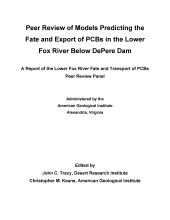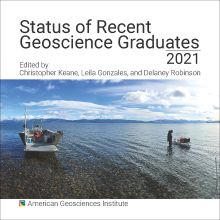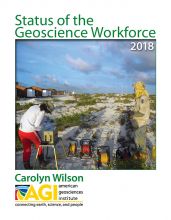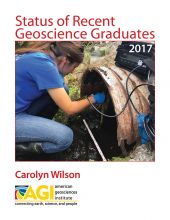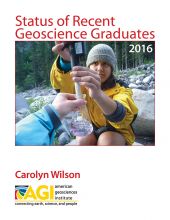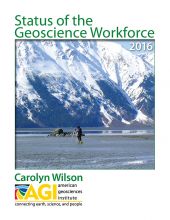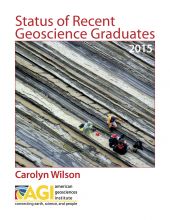This report represents the results of the AGI peer review panel charged with examining the current state of modeling of the fate and transport of PCBs in the lower Fox River in Wisconsin. AGI created the peer review panel at the request of de maximis, inc., St. Charles, IL, and support for the peer review process was provided by the Fox River Group through de maximis, inc. The panelists were selected by AGI and the panel chair, Dr. John Tracy. Two meetings of the panel were held. The first meeting on December 10, 1999 was held in Neenah, WI. During that meeting, LTI, the U.S. Fish and Wildlife Service, the U.S. EPA, and the Wisconsin Department of Natural Resources were provided opportunities to present on their activities related to the modeling of the fate and transport of PCBs in the lower Fox River. A second meeting was held on February 3, 2000 in Green Bay, WI. During that meeting, the Wisconsin Department of Natural Resources, US EPA, QEA, and LTI presented details of their modeling efforts to the panel and participated in a roundtable discussion of their efforts.
This report represents a summary of the panel’s analysis of the two primary models currently being used to determine the fate and transport of PCBs in the lower Fox River. The first chapter is an overview of the regional geology and history, as well as the development of the issues that have lead to the application of numerical models for the fate and transport of PCBs in the lower Fox River. The second chapter is an analysis of the capabilities of each of the models and how they respond to different components of the fate and transport system within the lower Fox River. Chapter three is a summary and a list of critical issues and recommendations made by the panelists concerning future modeling efforts on the lower Fox River. The fourth section is the list of references. Finally, the appendixes are the original reviewer comments provided by each panelist concerning the models. These comments have only been edited for formatting and represent the individual views and opinions of each panelist.
As editors, Dr. Tracy and I feel that the assertions and conclusions made by the panel are tightly integrated with their supporting thought processes. To this end, we do not believe an executive summary would properly reflect the true tone and intent of this report and that of the peer review panel, and that the synthesis of the reviews provided in chapters two and three best convey the panel’s view.
Christopher M. Keane
April 14, 2000

